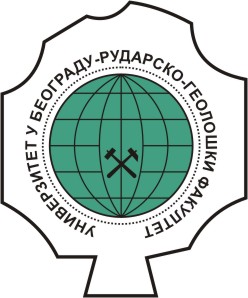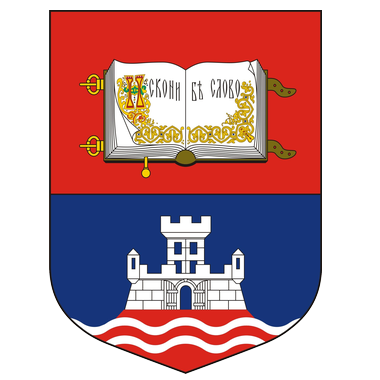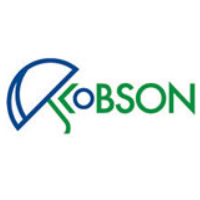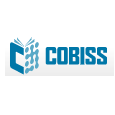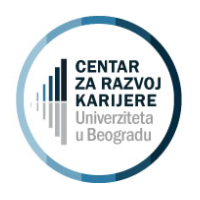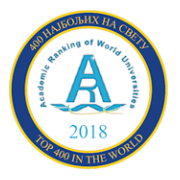Study program:
Geology of oil and gas (VII semester -MsC)
Minerology and Crystallography (VII semester -MsC)
Paleontology (VII semester -MsC)
Petrology and Geochemistry (VII semester -MsC)
Regional geology (IX semester -MsC) |
|
Name of subject: Paratethys Stratigraphy |
Instructors:
Prof. Meri Ganić, Jelena Stefanović |
|
Status: Compulsory |
|
ECTS: 5 |
|
Prerequisites: - |
Course Objectives:
Introduction to the oigin and development of the Paratethys during the Neogene. |
Learning Outcomes:
The ability to recognize and allocate Neogene units in the territory of Serbia, as well as the possibility of comparison with other parts of the area that was flooded Paratethys sea. |
Content:
Theory teaching
Paratethys: History & conditions of forming ; Stratigraphy Paleozoic molasse basin during the Oligocene in perialpine pericarpathian areas; Stratigraphy Lower Miocene in the western and central Paratethys; Tectonic conditions and characteristics of paleotransport, characteristics and communication with Tethys; Lower Miocene Stratigraphy in the eastern part of the Paratethys, Dacian basin, the Black Sea and the Caspian-Aral basin: Tectonics, paleotransport and palaeogeographic characteristics; Terms of development of the Pannonian basin: stratigraphy, tectonics, paleogeography and paleontological features of the area; Middle Miocene stratigraphy of western and northern parts of the Paratethys; Middle Miocene stratigraphy in central parts of the Paratethys; Transcarpathian Strait, the western part of the Dacian Basin; Eastern Paratethys during the Middle Miocene; Upper Miocene stratigraphy in central and eastern part of the Paratetis; The stratigraphy of Pliocene in the Paratethys: tectonic, paleogeographic and paleontological features. Practical teaching
Practice accompanies lectures and carried out in the form of tasks that allow the student to self-employed master the intended program. In particular, attention is given to a shorter field work, which enables students to learn about certain typical localities and their lithological and paleontological properties. |
Suggested Reading List:
- Stevanović, P. 1982: Istorijska geologija, Kenozoik; Rudarsko-geološki fakultet, Univerzitet u Beogradu (odabrana poglavlja)
- Ganić M., Rundić Lj., Knežević S., and Cvetkov V. 2010: Late Miocene Lake Pannon marls from the Filijala open pit (Beocin, northern Serbia) – new geological and paleomagnetic data. Geol .An. Balk. Pol., 71, 95-108.
- Rundić ,Lj., Ganić M., Knežević S., Soliman, A., 2011. Upper Miocene Pannonian sediments from Belgrade (Serbia) – new evidence and paleoenvironmental considerations. Geologica Carpathica, 62/3: 267-278
- anić M., Lazić M., Knežević S. I Rundića Lj., 2012: Geološki i inžinjersko-geološki uslovi uslovi formiranja klizišta u cementnim laporcima na PK „Filijala“, Beočin, Podzemni radovi, 47-59 (107-119) (in Serbian and English), Beograd
|
Conduct of the Course:
Teaching is done through lectures and video presentation, as well as lectures on the geological polygon, for better understanding of the units in our territory. |
Fund hours:
| Lectures |
Exercises |
Other forms of teaching |
Study research |
| 2 |
2 |
0 |
0 |
|
Assessment:
| Final Exam |
ECTS |
| Oral Exam | 40 |
| Classwork Assessment |
ECTS |
| Class Participationа | 15 | | Practical Classes | 15 | | Written tests | 10 | | Seminars | 20 |
|
|
Additional Assessment Criteria: - |
|
|
